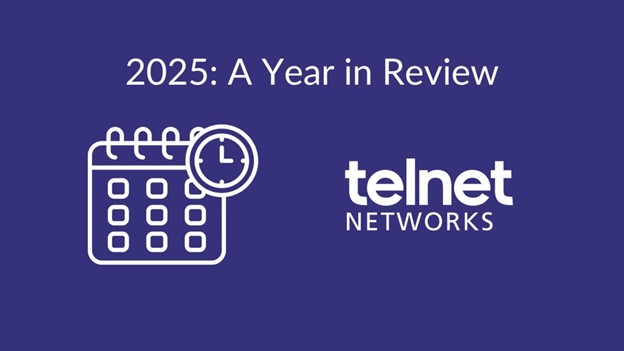Combining Network Detection and Response (NDR), Endpoint Detection and Response (EDR), and Extended Detection and Response (XDR) provides significant value to organizations by enhancing visibility, improving threat detection, and streamlining response processes across an enterprise’s infrastructure. Here’s a breakdown of the benefits:
1. Holistic Visibility Across Environments
- NDR offers visibility into network traffic, covering devices that may not have agents installed (like unmanaged devices, IoT, or cloud instances).
- EDR focuses on securing individual endpoints by monitoring system-level activities (processes, files, user actions).
- XDR brings these together, providing a consolidated view of activity across both networks and endpoints. This enables security teams to see threats as they move across the network, endpoints, cloud, and other security layers. As a result, attacks that span multiple layers (like phishing leading to lateral movement within the network) can be more easily detected and mitigated.
2. Cross-Layer Threat Correlation
When NDR and EDR are combined, they provide rich datasets that XDR platforms use to correlate events across the organization. For example, XDR can link an alert from an endpoint with unusual traffic patterns detected by NDR. This allows security teams to quickly understand the full scope of an attack, from initial compromise to network propagation, leading to more efficient investigations and faster incident response.
By correlating these disparate data points, XDR reduces false positives and provides greater context around each threat, enabling better decision-making. This makes XDR an ideal solution for detecting complex attacks that target multiple parts of an organization simultaneously.
3. Enhanced Threat Detection and Faster Response
- NDR excels at detecting threats that evade traditional security defenses, like lateral movement or advanced persistent threats (APTs) that exploit network vulnerabilities.
- EDR is highly effective at identifying endpoint-specific threats such as ransomware or malware targeting individual machines.
- XDR enables automation and orchestration of the response to these combined threats. By integrating response capabilities from both NDR and EDR, XDR can prioritize the most significant threats and trigger automated responses like isolating infected endpoints or blocking malicious network traffic, significantly speeding up containment and remediation.
4. Reduced Alert Fatigue and Improved Efficiency
Managing separate NDR and EDR solutions can result in alert fatigue—with numerous false positives and multiple uncorrelated alerts. XDR helps reduce this by aggregating, correlating, and prioritizing events from both sources, providing a unified platform that streamlines threat detection and response workflows.
With XDR’s single-pane-of-glass view, security teams no longer have to switch between multiple tools to investigate and resolve incidents. This results in reduced operational complexity, improved detection accuracy, and more efficient use of security resources.
5. Adaptability to Modern, Complex Infrastructures
As organizations adopt more cloud services and IoT devices, traditional security tools become less effective. NDR, EDR, and XDR together offer protection across distributed and hybrid environments, providing security teams with the ability to detect threats regardless of where they originate—whether in the cloud, on-premises, or from connected devices.
In combination, NDR, EDR, and XDR offer a layered, defense-in-depth approach that enables organizations to detect, investigate, and respond to threats more effectively than relying on individual security solutions. This integration significantly enhances the ability to protect against sophisticated, multi-stage attacks that target multiple vectors in an organization’s digital environment.






